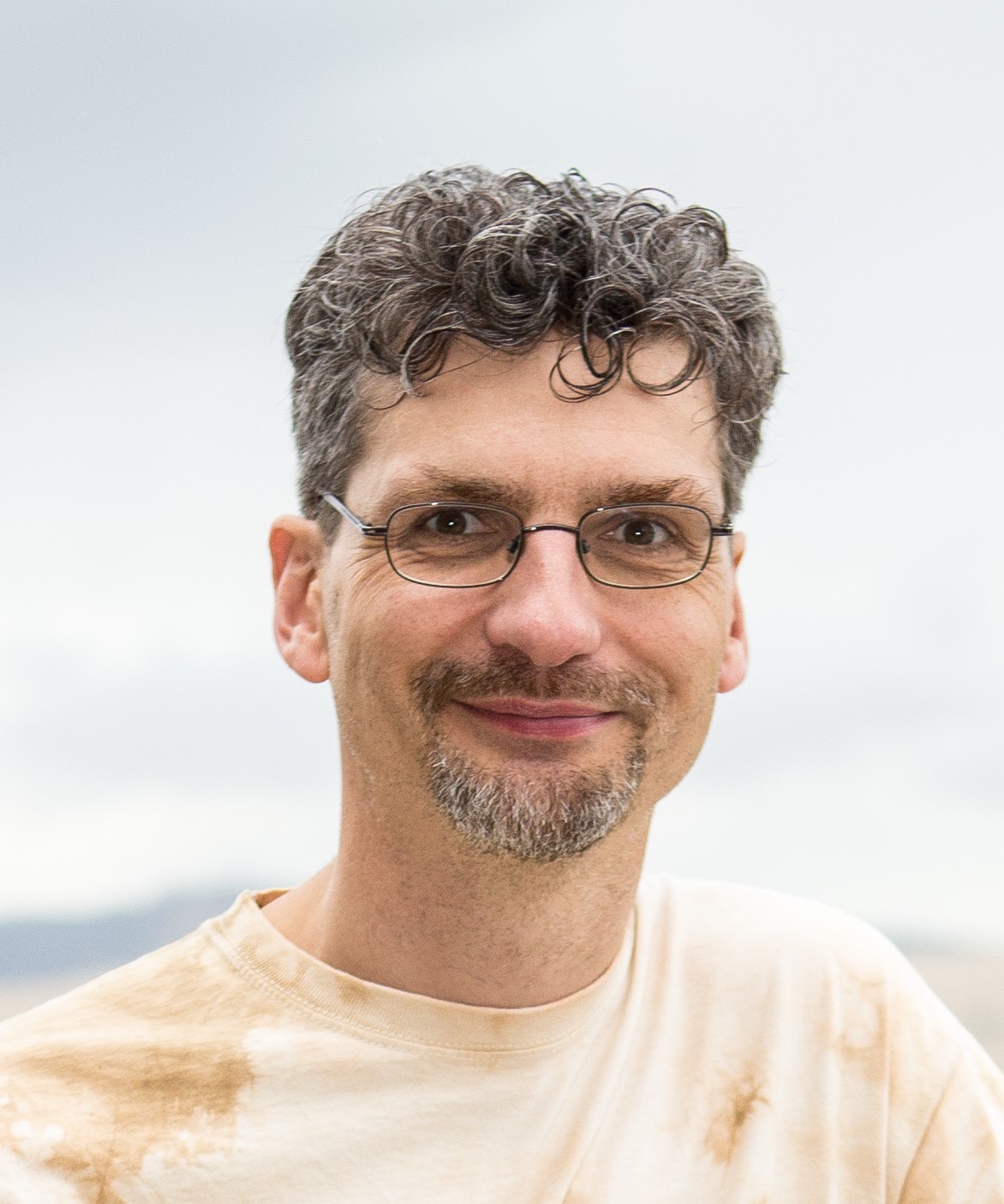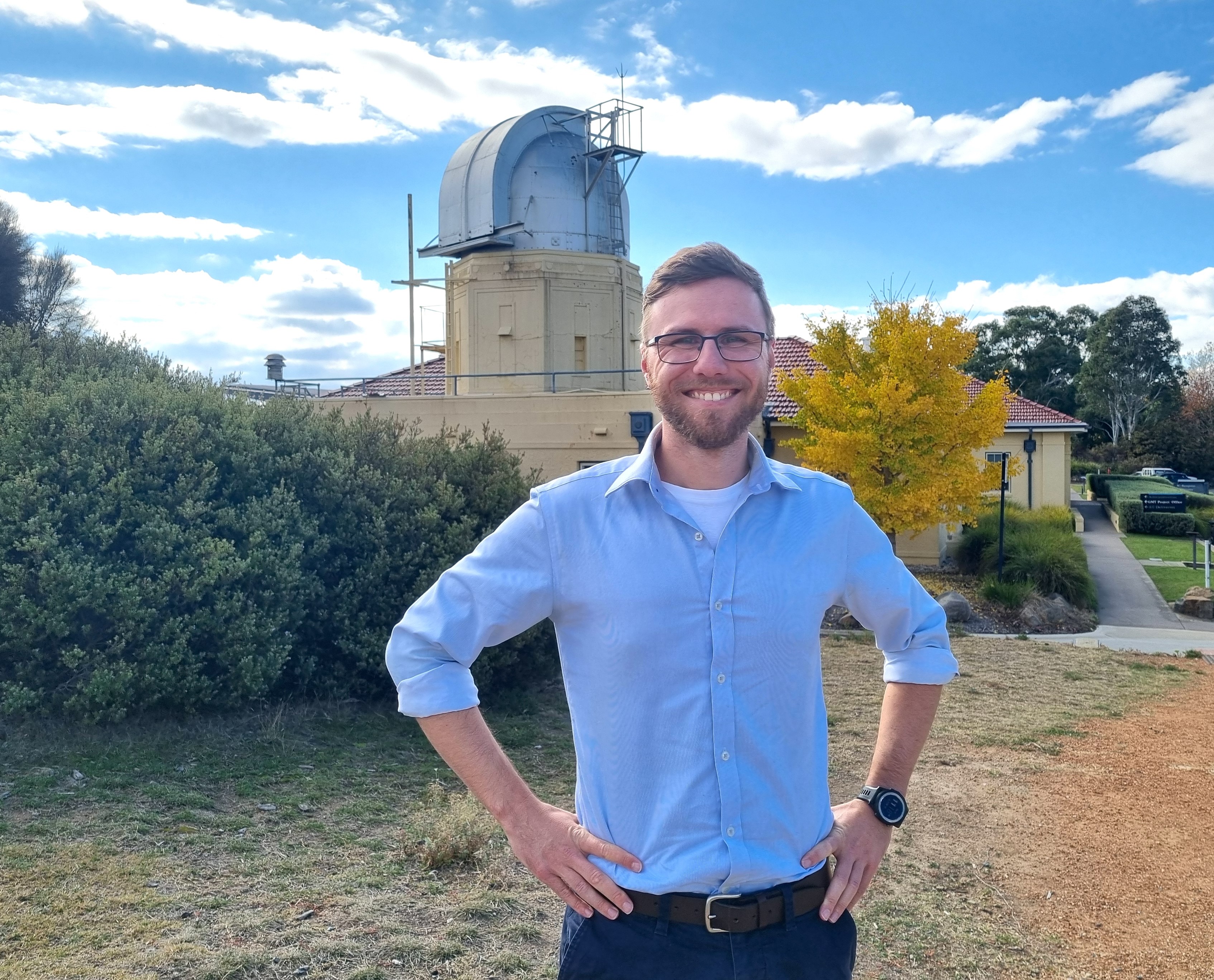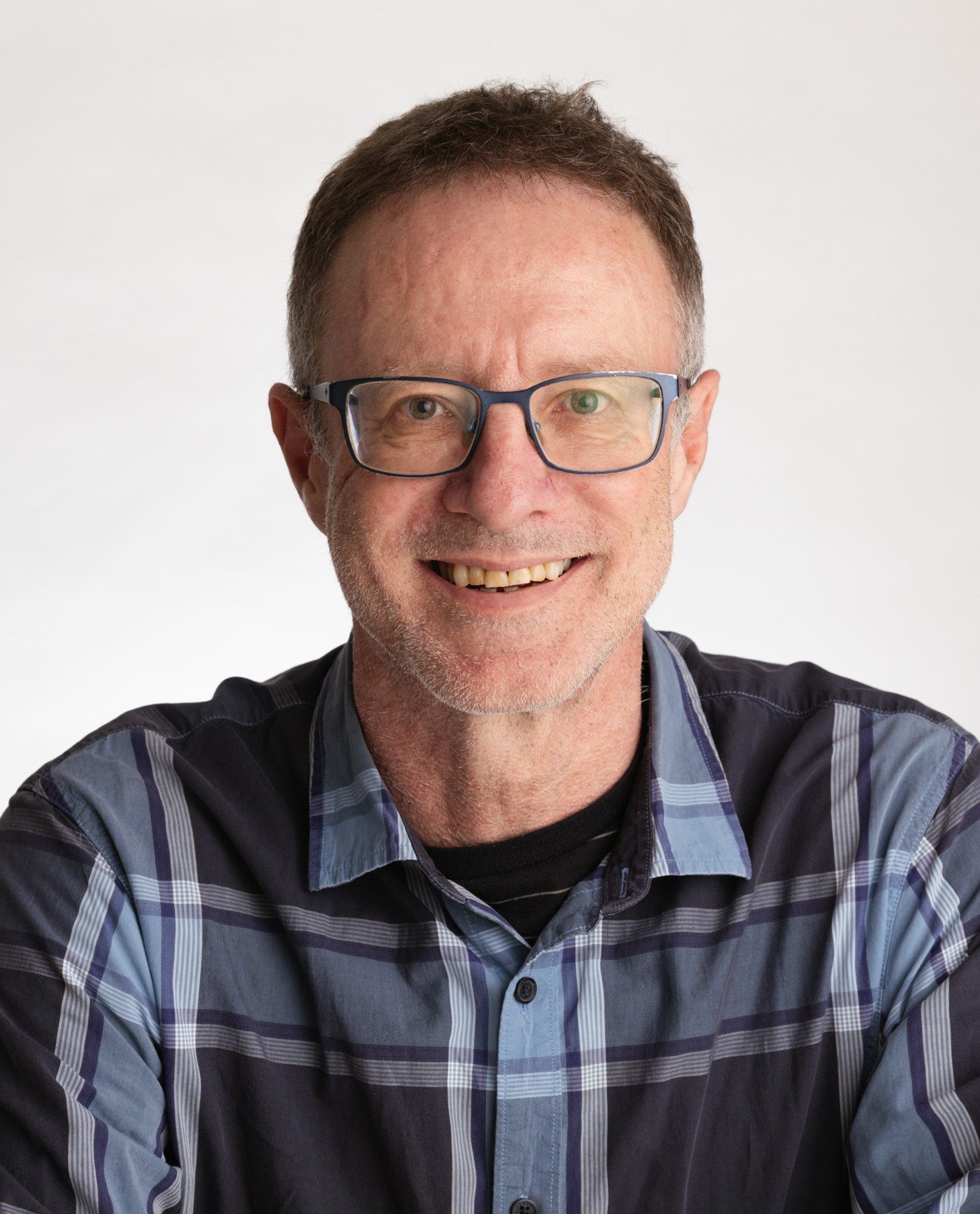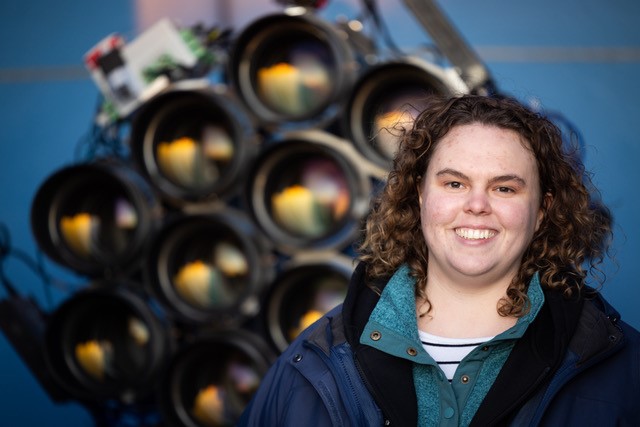Our 2025 BOK Lecture is Christian Wolf

Christian Wolf is Associate Professor of Astronomy at the Australian National University and Director of the Siding Spring Observatory (SSO). He works mostly on hungry black holes, but has worked in the past on the evolution of galaxies such as the Milky Way. He led the SkyMapper Southern Survey, which created a detailed atlas of the Southern night sky from 7 years of observations at SSO. With his team, he discovered the fastest-growing black hole in the Universe in 2018 and then broke their own record in 2023. Christian spent part of his childhood in Sardinia, where he found his love for the night sky. He studied in the US and Germany and in 1999 obtained his PhD from the Max-Planck Institute of Astronomy in Heidelberg. After a decade at Oxford University, he joined the ANU in 2013.
Our 2025 Science in the Pub Guest's
Matthew Dodds
Matt Dodds is an Amateur Astronomer and the Education Officer for the Sydney University node of ASTRO 3D. He has a keen passion for Astronomy and Science Education and connecting people with the night sky. Having spent the better part of the last decade as a High School Science Teacher, Matt excels at inspiring students to follow their passions, ask questions and pursue their goals in Science related fields. Matt can often be found travelling around the country, sharing the eyepiece of his telescopes with school groups or the general public. He also presents various workshops to teacher and student groups such as the basics of spectroscopy, the scale of the solar system and how to build a telescope. One his long drives around Australia he loves listening to Astronomy podcasts such as "Space Nuts", "Cosmic Vertigo" and the "Exocast". He is on both Instagram and Twitter @ScienceWithMat.
Dr Sven Buder

Dr Sven Buder is an astrophysicist at Mount Stromlo Observatory in Canberra who scans the barcodes of different elements imprinted in millions of stellar spectra—space rainbows—to uncover the Milky Way’s past. He leads major international collaborations like the stellar GALAH Survey that uses the Anglo-Australian Telescope.
Sven is passionate about interdisciplinary research and learning how the tools we create for astronomy can help tackle important issues for society—for example, applying the tools we build to study starlight to leaf spectra, to better monitor bushfire risks on Earth.
Dr Laura Driessen

Dr Laura Driessen is a radio astronomer using Australia’s world-leading telescope facilities to search for and investigate stars that emit radio light. Using ASKAP, Australia’s SKA Pathfinder in WA, she and her team have more than doubled the known number of radio stars. If a star emits radio light, that means that it emits X-ray flares and big bursts of plasma. Any planet orbiting the star would be bombarded with radiation, which isn’t a good thing for life. So when we search for habitable planets, we want to avoid radio stars. However, we currently do not have a good idea of exactly which stars are radio stars, so we don’t know if we’re searching for life in the right places.
I am currently a postdoctoral researcher at the University of Sydney, Sydney Institute for Astronomy, and joint project scientist for the Variables and Transients with ASKAP project, which is a project to search for things that change in the radio sky. I’m a passionate science communicator and I was a member of the 2023-2024 Science and Technology Australia Superstars of STEM cohort and 2024 ABC TOP 5 Science program.
Prof Tim Bedding

Tim Bedding is a professor of astrophysics at the University of Sydney, where he has worked as a researcher and teacher since 1995. His research involves improving our understanding of stars and he is known as one of the founders of asteroseismology, the study of “star quakes”. Studying oscillations in stars can give valuable information about their internal properties that is analogous to the way that geologists study the interior of the Earth. Tim is also passionate about teaching, and received the University's Excellence in Teaching Award after only four years as a lecturer. He is currently an ARC Laureate Fellow and a Fellow of the Australian Academy of Science.
Dr Sarah Caddy

Dr Sarah Caddy is an observational astronomer who loves anything to do with new and innovative telescopes that allow us to observe the skies in surprising and unexpected ways.
Sarah is from the Melbourne Space Laboratory where the team is developing new space telescope missions to monitor space debris, and flying the Australian SpIRIT space telescope. The little satellite recently celebrated 500 days in orbit, and spends its time taking pictures of the Australian landscape from space and hunting for high energy bursts of light from merging black holes and neutron stars.
Sarah and her team at Australian Astronomical Optics Macquarie operate the Huntsman Telescope where her work has taken an interesting twist from observing at night, to broad daylight which allows the team to monitor the skies for satellites. It seems like every day more and more satellites are launched which has started to create "traffic jams" in space. By trading stars for satellites, the Huntsman team hopes to help monitor the whereabouts of satellites to keep all astronauts and spacecraft safe.